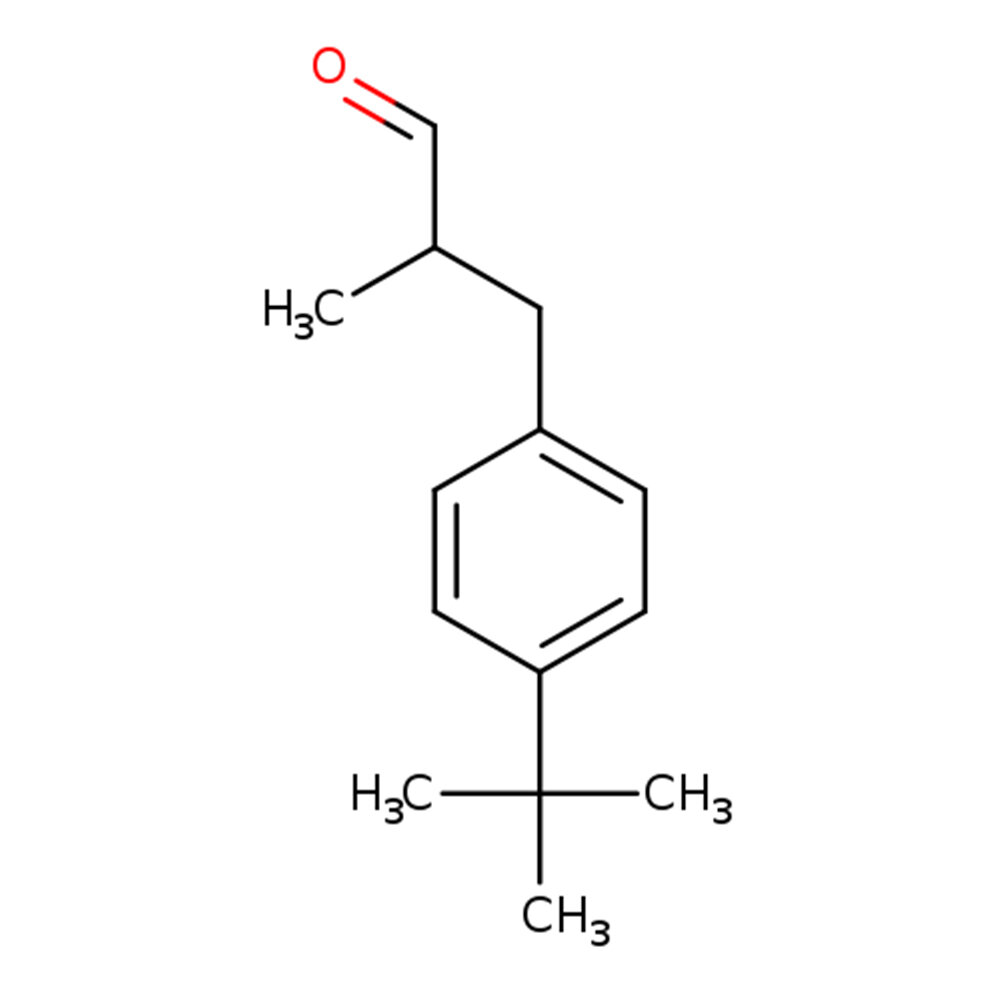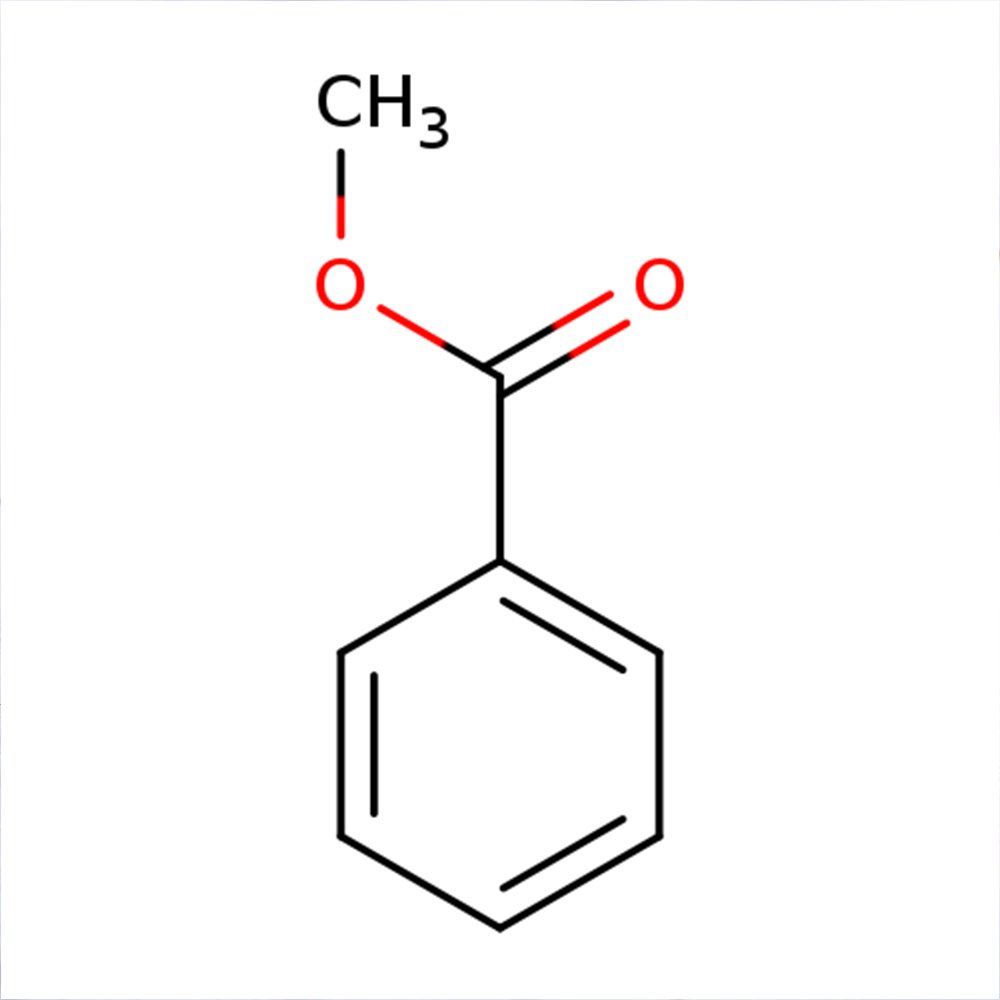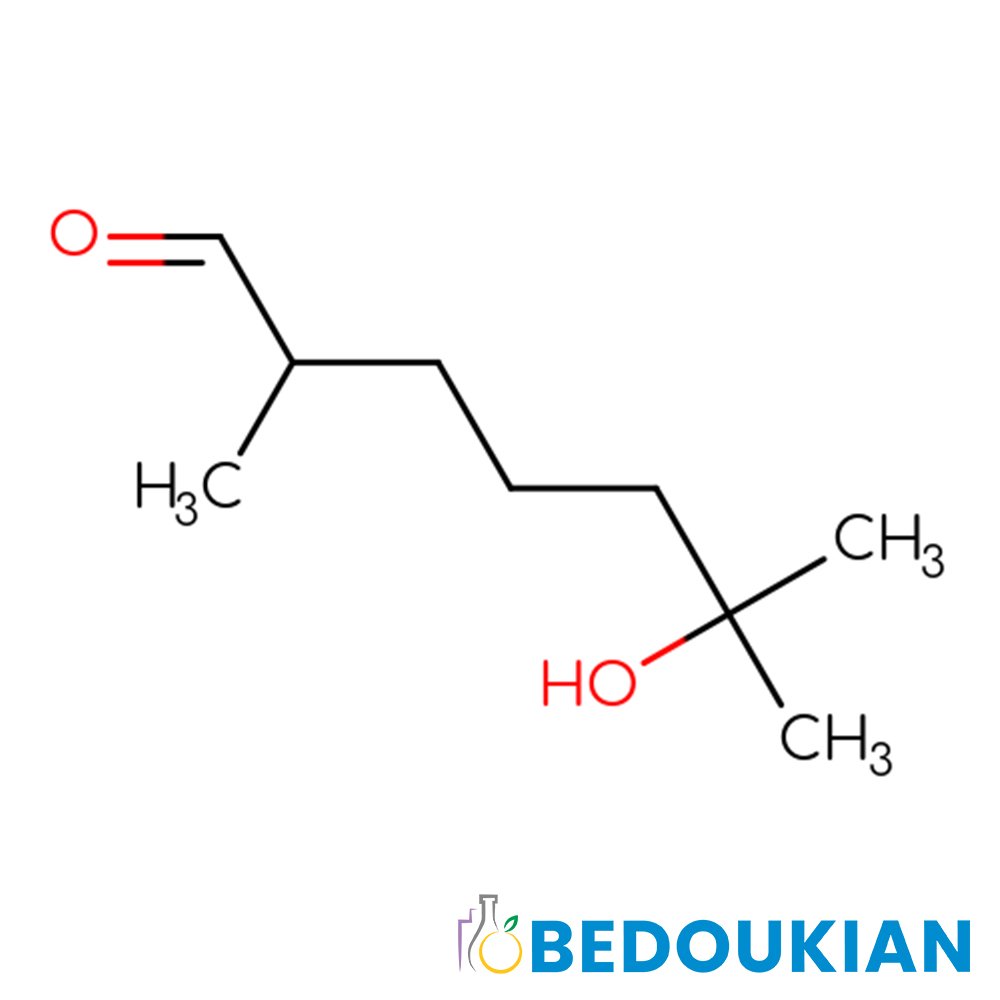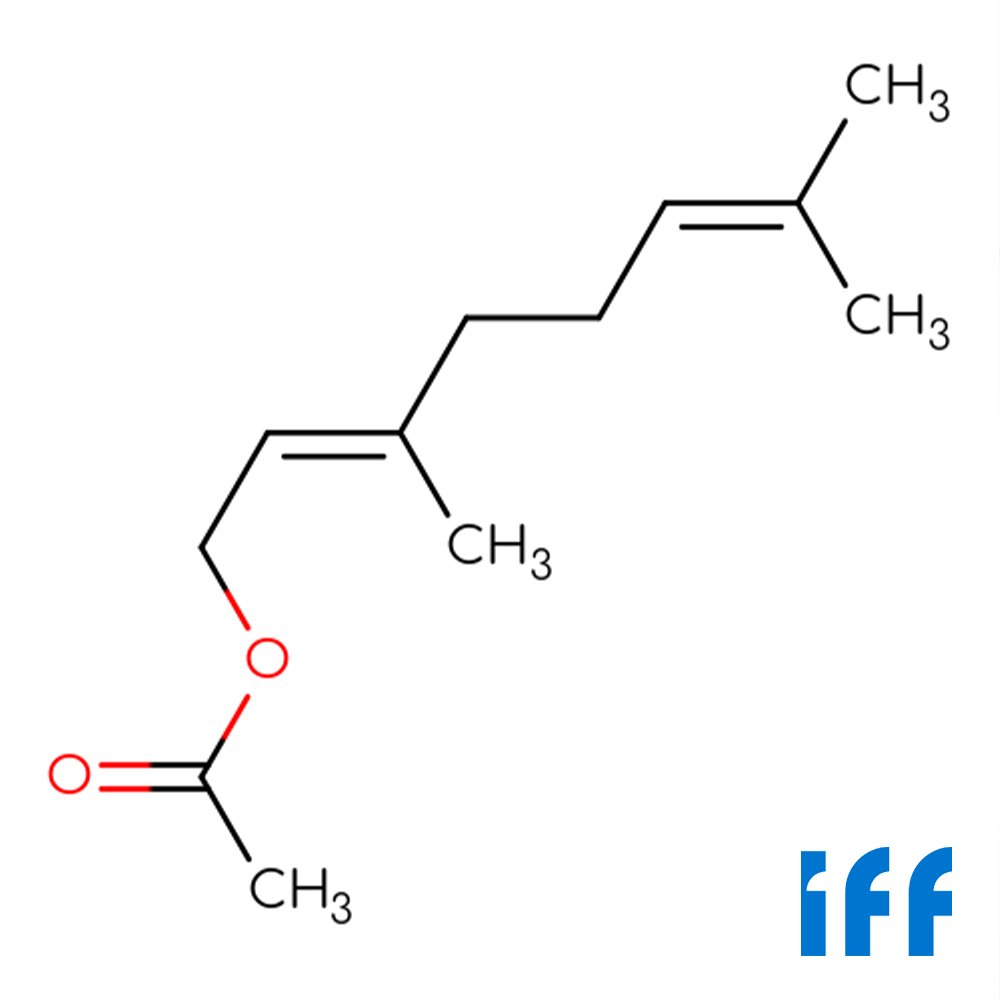Musk T (Ethylene Brassylate)
Premium Synthetic Ingredient for Perfumery
Musk T (CAS 105-95-3), also known as ethylene brassylate, is a synthetic macrocyclic musk with a warm, floral, and musky character. It is widely used for its tenacity, subtle sweetness, and versatility across floral, oriental, and fruity accords. As a macrocyclic compound, it offers improved environmental and toxicological profiles compared to polycyclic musks. It serves as a long-lasting fixative and secondary musky note enhancer.
Premium Synthetic Ingredient for Perfumery
Musk T (CAS 105-95-3), also known as ethylene brassylate, is a synthetic macrocyclic musk with a warm, floral, and musky character. It is widely used for its tenacity, subtle sweetness, and versatility across floral, oriental, and fruity accords. As a macrocyclic compound, it offers improved environmental and toxicological profiles compared to polycyclic musks. It serves as a long-lasting fixative and secondary musky note enhancer.
Premium Synthetic Ingredient for Perfumery
Musk T (CAS 105-95-3), also known as ethylene brassylate, is a synthetic macrocyclic musk with a warm, floral, and musky character. It is widely used for its tenacity, subtle sweetness, and versatility across floral, oriental, and fruity accords. As a macrocyclic compound, it offers improved environmental and toxicological profiles compared to polycyclic musks. It serves as a long-lasting fixative and secondary musky note enhancer.
Synthetic Ingredient Overview
🏭 Manufacturer: Various (IFF, Firmenich, Symrise)
🔎 Chemical Name: 1,4-Dioxacycloheptadecane-5,17-dione
🧪 Synonyms: Ethylene brassylate, Musk T, Astratone
🧬 Chemical Formula: C₁₅H₂₆O₄
📂 CAS N°: 105-95-3
📘 FEMA: 2234
⚖️ MW: 270.36 g/mol
📝 Odor Type: Musk (Macrocyclic)
📈 Odor Strength: Medium (very high persistence)
👃🏼 Odor Profile: Sweet, floral, warm, slightly fruity, subtle musky
⚗️ Uses: Fixative, Musk enhancer, Modifier
🧴 Appearance: Colorless to pale yellow oily liquid
What is Musk T?
Musk T, formally known as ethylene brassylate, is a synthetic macrocyclic musk and a member of the macrolidechemical family. The compound features a 17-membered lactone ring with two internal oxygen atoms, contributing to its relatively soft yet tenacious olfactory character.
Unlike polycyclic or nitro musks, macrocyclic musks such as ethylene brassylate are more environmentally favorable, exhibiting low bioaccumulation and generally higher biodegradability. This profile, along with its pleasant scent and functional versatility, has made Musk T one of the most widely used synthetic musks in modern perfumery.
Olfactory Profile & Perfumery Applications
Ethylene brassylate exhibits a sweet, soft musk note with a faint floral and red fruit nuance. Though less diffusive than Galaxolide, its longevity on blotter exceeds 200 hours, making it a powerful fixative. It is compatible with most fragrance families and performs especially well in:
Orientals, deep floral compositions, fruity florals
Red fruit accords (e.g., berry, cherry)
Powdery or ambrette-inspired musks
Modern animalic-musk bases
It blends particularly well with Ethyl Linalool and can support both top note retention and base note tenacity.
Typical usage: Often used at >10% in the concentrate due to its mild diffusion and high persistence.
Internal link suggestion: See The Musks: An Insight for classification and usage differences among musk types.
Industrial & Technical Uses
Besides perfumery, Musk T is used in:
Fabric softeners and laundry detergents
Personal care products (creams, deodorants, soaps)
Flavors (trace levels): contributes mild vanilla-musk notes
Encapsulation systems for ambient scent delivery
Its mild odor and stability make it a popular choice for scenting materials with long shelf-life requirements.
Regulatory & Safety Overview
IFRA status: Allowed with no specific restriction in most applications (verify latest Amendment).
ECHA (REACH): Not classified as PBT/vPvB; no reproductive or endocrine concern noted.
Water solubility: Practically insoluble (logP indicates lipophilicity).
Shelf-life and storage: Chemically stable under standard storage conditions.
Flavor use: FEMA GRAS (FEMA No. 2234); vanilla-musky profile in trace concentrations.
Ethylene brassylate demonstrates low toxicity and high skin tolerance, though patch testing may be recommended for sensitive applications. See Scentspiracy’s IFRA Limits for use confirmation per product class.
Additional Information
Performs well as a macrocyclic alternative to Galaxolide and Tonalide.
Commonly paired with Zenolide, another cost-effective macrocyclic musk.
The red fruit nuance gives synergy in berry-vanilla accords.
Considered among the most affordable macrocyclic musks available industrially.
Sources
User-provided profile & notes
PubChem Chemistry Database
FEMA GRAS Database (2234)
ECHA Substance Information Portal
Scentspiracy Archives
The Musks: An Insight – Scentspiracy Internal








